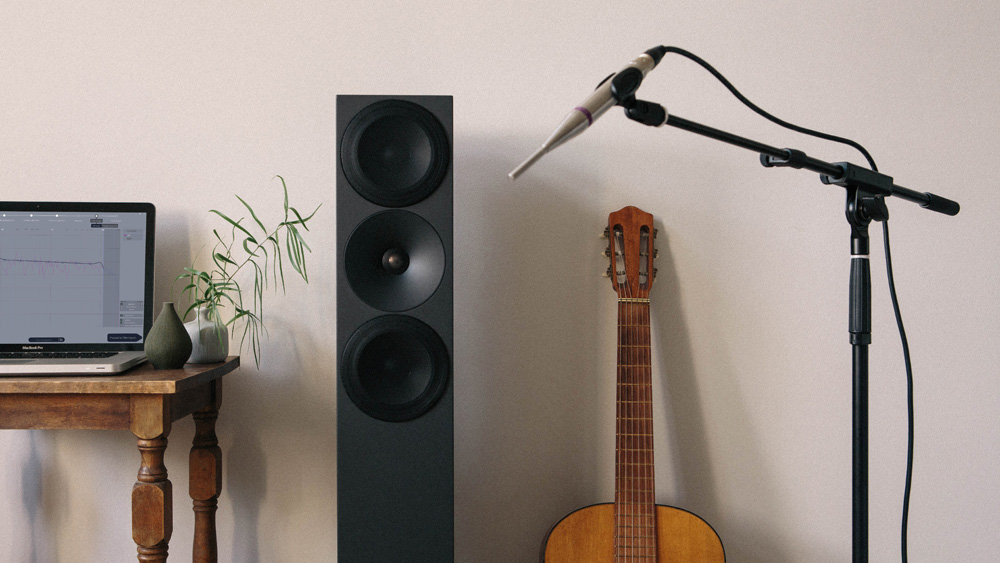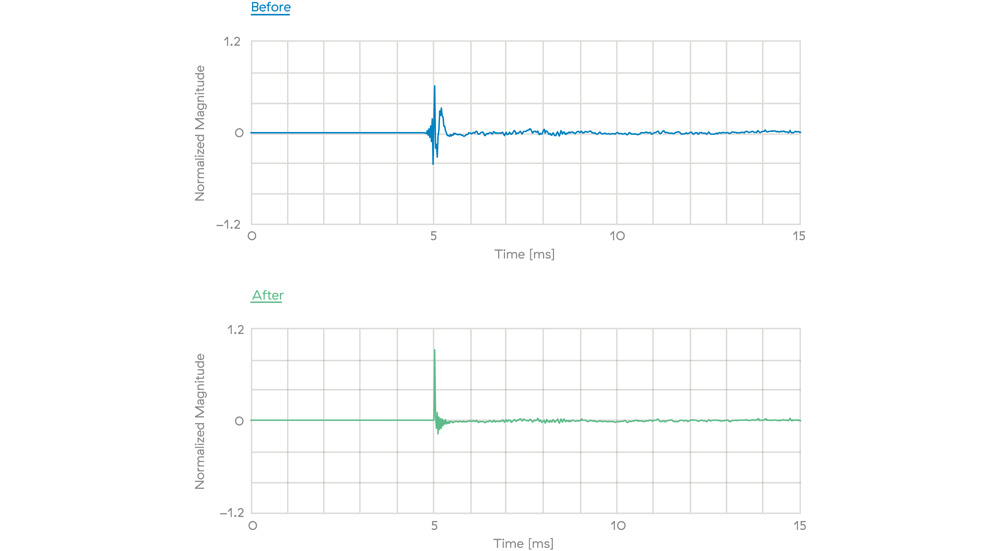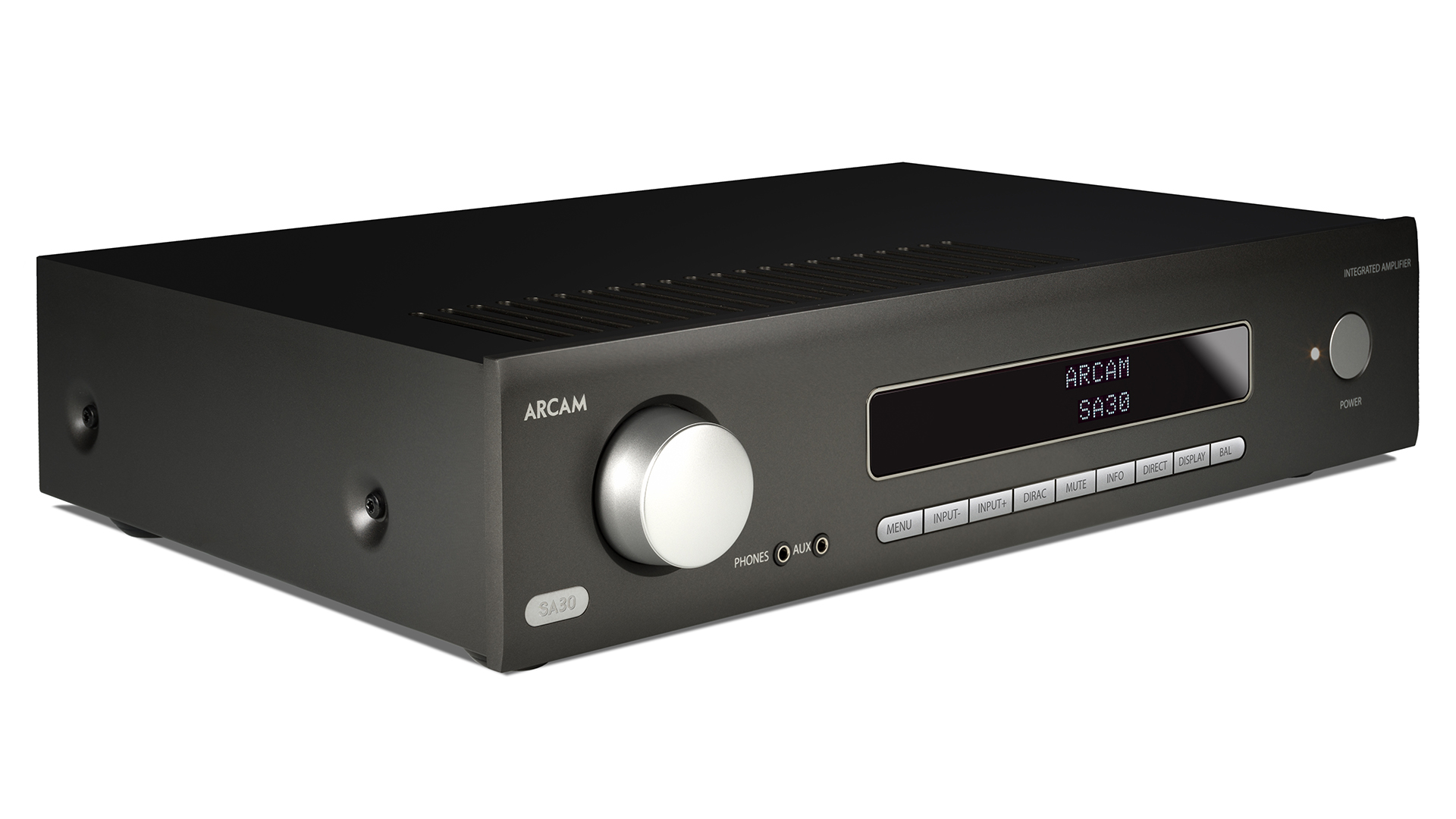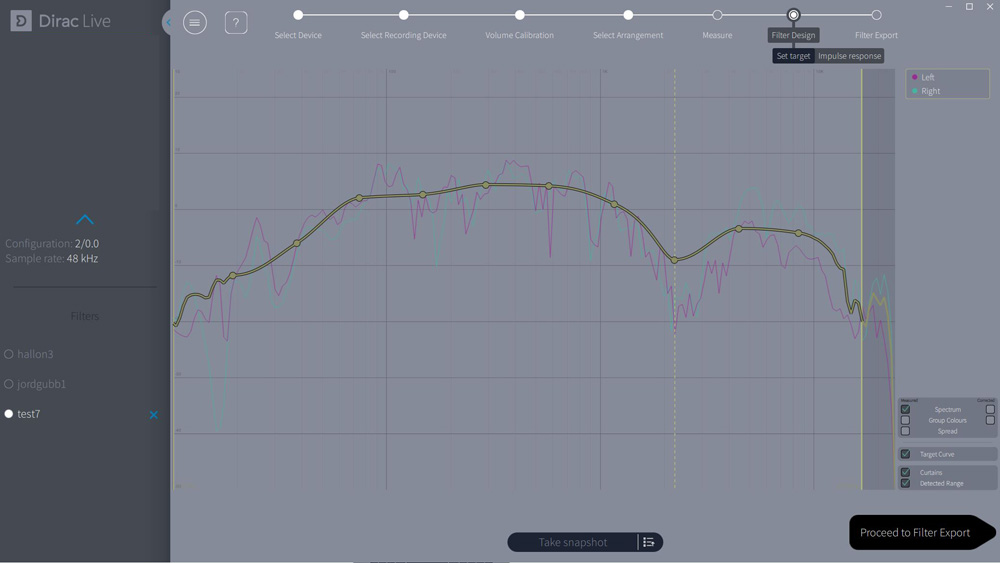Dirac Live: what is it? How do you use it?
Dirac's room equalisation software explained

Dirac is named after the famous British physicist Paul Dirac, whose name is linked to the mathematical function that lies at the heart of the company's Dirac Live room correction software.
The seeds of the company were sown around 15 years ago when some of the founders were PhD students at Uppsala University in Sweden. As part of the Signals and System Group, they weren't happy with the way their speakers sounded. Unlike most people in that situation, they had the knowledge and equipment to do something about it.
Using the digital signal processing techniques they had learnt, the students came up with a way of improving sound in their environment. This software has now developed to work across domestic listening rooms, car audio, smartphones and headphones.
Room equalisation software is nothing new, as anyone who has been involved in home cinema will tell you. We’ve been seeing Audyssey in Denon’s products for years, while other big hitters such as Yamaha and Pioneer have their own, equally capable, software that will attempt to get the best sound from a set-up in any given room. In our experience, these systems can work pretty well, though sometimes they need a bit of tweaking.
While on the surface at least, Dirac Live appears to be pretty similar to its rivals, this piece of software takes a different approach to room optimisation, prioritising the impulse response of the speaker alongside its frequency balance in the room.

Now in its third generation, there are two versions of Dirac Live, one aimed at the home market and the other for the studio. While both versions share the room correction software core, the studio version also includes an audio plug-in, and therefore doesn’t need compatible hardware to store and apply the filters like the home version.
Like all good software, Dirac Live has been continuously refined since it was introduced in 2011, and the latest version boasts better usability, a revised phase correction algorithm for improved stereo imaging and a dedicated bass management system. The latter gives Dirac Live control over low frequencies in a sophisticated way we haven’t seen before.
The latest hi-fi, home cinema and tech news, reviews, buying advice and deals, direct to your inbox.
Most rival software focuses on providing a flat frequency response in your room. Given dedicated test signals and a microphone connected to your AV (or possibly stereo) receiver, they will try to reduce the peaks and fill in the frequency dips in the system’s sound. The idea is to have a smooth and even response, regardless of the frequency of the sound produced.

Dirac Live takes this a step further by optimising the impulse response of each speaker in your system as well. Most speakers have multiple drive units. In a conventional set-up, there are small differences in the phase of those drive units when responding to a transient. This software actively aims to compensate for that. According to the company, this should result in a cleaner, tauter and more precise presentation.
Add the new bass management system and Dirac Live can now align the phase of any subwoofers to that of the main speaker channels and match the phase of multiple subwoofers around the crossover point. That’s quite some feat.

What do you need to use Dirac Live? Your hardware has to be licensed. Currently, it can be found in products from companies such as Arcam, Bryston, JBL and NAD – all serious manufacturers with a long-running interest in producing great-sounding products. We've tested it on the Arcam SA30 streaming system, NAD C 658 music streamer and NAD M10 system, all with good results.
Once you have the product, you’ll need a microphone and a computer to run the software. It’s a relatively simple, though slightly tedious, process where measurements are taken in multiple places around the main listening position. If you like to sit in more than one place, Dirac Live will try to get the best overall balance between the two locations. After all the processing has taken place, you’ll be shown the frequency response graph of your system in your listening space.

Even in the best of rooms, that graph will look relatively bumpy (note the blue response on the image above). It might be tempting to try to correct every blip, but the sonic results won't be great due to all the processing and your system's limitations.
This is where the experience of a trained dealer comes in. There’s a definite knack of improving the system's response (by adjusting the Target Curve) without forcing it into producing sounds that it's not capable of.
For example, you may see a big frequency dip in the bass region, but this may just be there because of the size of your room and position of speakers relative to the wall. In some cases, it would be better to move the speaker rather than compensate with the software and drive your system too hard at those frequencies, possibly causing it to distort. Experience plays a big part in such decisions.
That said, the system is easy enough to use, so there's no reason not to have a go, provided you're relatively gentle with the adjustment of the Target Curve. Damage to your system is highly unlikely if you're sensible with volume levels.
A system such as Dirac Live, or any of its rivals for that matter, can’t make a flawed set-up sound great. If you have major issues, we would suggest using looking at improving your room acoustics and playing with speaker positioning first. But, once that’s done, these systems can optimise the results quite nicely.
More:

Ketan Bharadia is the Technical Editor of What Hi-Fi? He has been reviewing hi-fi, TV and home cinema equipment for almost three decades and has covered thousands of products over that time. Ketan works across the What Hi-Fi? brand including the website and magazine. His background is based in electronic and mechanical engineering.
